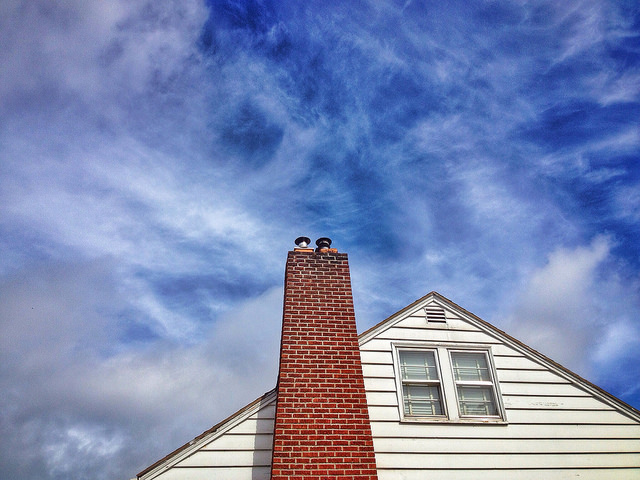Lending standards change. That’s why the Mortgage Bankers Association’s monthly Mortgage Credit Availability Index tracks how easy or difficult it currently is for borrowers to secure financing. Any increase in the index indicates that credit has become more available, while decreases mean standards have tightened. In August, the index fell 4.7 percent. Joel Kan, MBA’s associate vice president of economic and industry forecasting, says economic uncertainty continues to affect lending standards. “Credit continues to tighten because of uncertainty still looming around the health of the job market, even as other data on loan applications and home sales show a sharp rebound,†Kan said. “A further reduction in loan programs with low credit scores, high LTVs, and reduced documentation requirements also continued to drive the overall decline in credit availability.†The index was benchmarked to 100 in March 2012. Currently, it is at 120.9, which is its lowest level since March 2014. (source)













